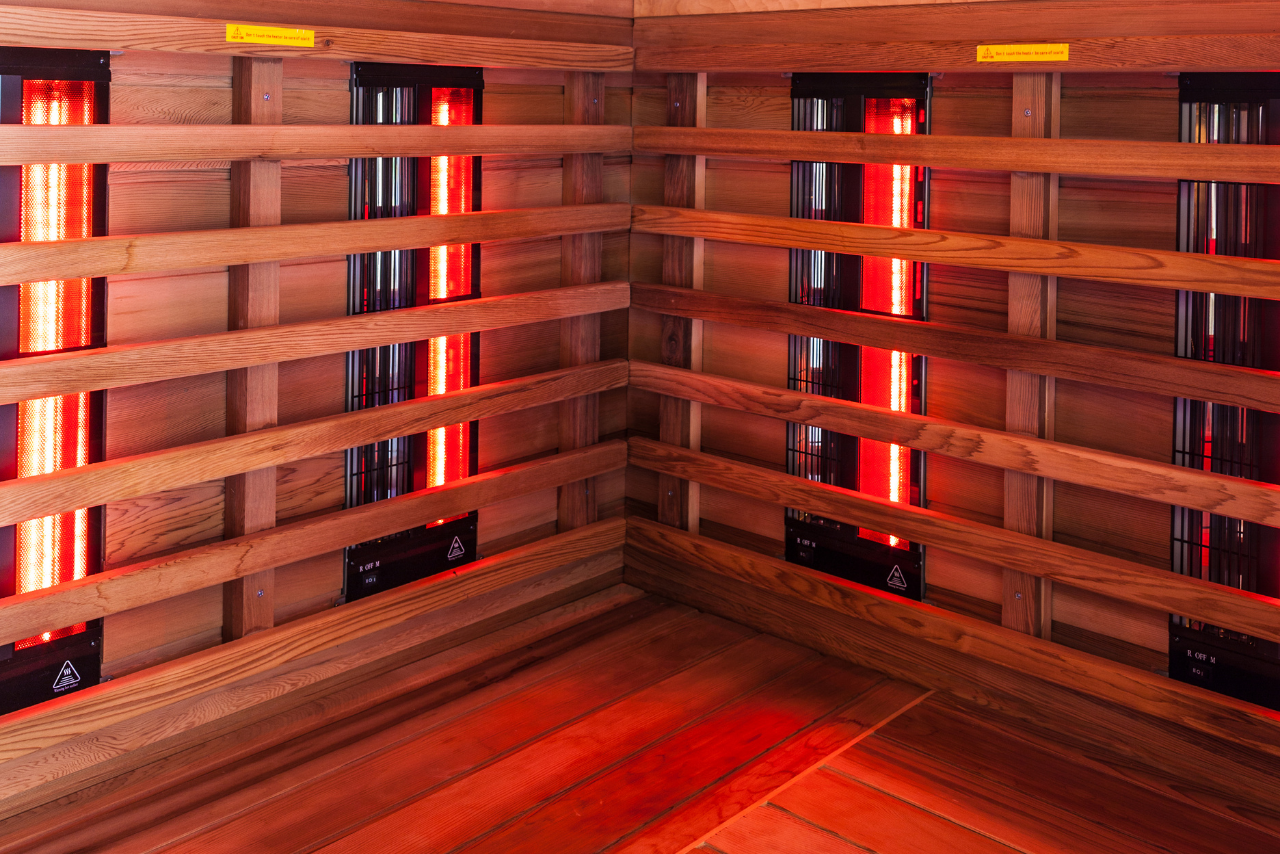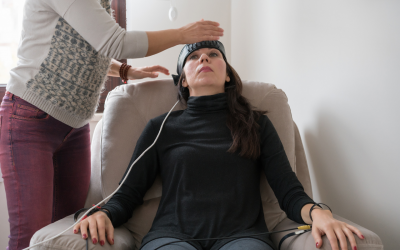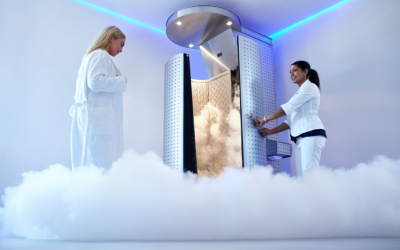Is an Infrared Sauna better than a traditional Sauna?
There’s nothing like sweating for 20 minutes in the sauna. You’ll feel calmer and refreshed after being done. Additionally, the warmth helps ease sore muscles and improves overall health and overall well-being. However, if the extreme temperatures of traditional saunas are too hot to bear. An infrared sauna could provide the advantages of a sauna, but without the extreme temperatures.
What exactly is an infrared sauna?
As opposed to traditional saunas, infrared saunas aren’t able to radiate heat to the surrounding air. Instead, they use infrared lamps (that use radiofrequency) to heat you directly.
“These saunas make use of infrared panels instead of traditional warmth to penetrate easily into human tissue, warming your body prior to heating in the atmosphere,” Physical therapy Vivian Eisenstadt, MAPT, CPT MASP. Infrared saunas can be operated at lower temperatures (usually between 120 and 140 degrees Fahrenheit) than traditional saunas, usually between 150°F and 180°F.
The manufacturers declare that in the infrared sauna, just 20% of the heat goes to warm the air while the remaining 80% directly warms your body.
Infrared saunas have supporters who say that the heat penetrates further than warm air. This means you can experience intense sweat, even at lower temperatures.
Eisenstadt states that this type of atmosphere is more comfortable and lets you remain in the sauna for longer and increase your body’s temperature by 2 to 3 degrees.
What are the potential benefits of the infrared sauna?
The supposed benefits of having an infrared sauna are comparable to those experienced in traditional saunas. This includes:
-
- better sleep
- relaxation
- detoxification
- weight loss
- relief from sore muscles
- help with joint pain, such as arthritis
- clean and more supple skin
- improved circulation
- assistance for those with the chronic fatigue syndrome
People have practiced using saunas for centuries to treat all kinds of health issues. Although there are a variety of studies and studies on traditional saunas, however, there aren’t many studies looking specifically at saunas that use infrared light:
- A small study of 10 participants discovered that patients with chronic fatigue syndrome could benefit from an infrared sauna during their overall treatment.
- Another study of 10 participants revealed that infrared saunas reduced muscle soreness and sped up the recovery time from training sessions for strength.
- In analysis, the authors of several studies have revealed that saunas with infrared light therapy can help lower blood pressure.
The absence of solid research and numerous studies regarding the potential benefits of saunas that use infrared radiation leaves the user (you) to sift through assertions made by firms that offer these services. There are also no instances of adverse reactions to go beyond the usual warnings for every sauna experience. However, there is the risk of dehydration, heat, and the potential for interference with medications, and the risk for people who are expecting, suffer from heart disease or are taking alcohol or drugs, among others.
The good news is that, even when your workout does not accomplish all its promises to accomplish, it’s enjoyable. Additionally, it improves overall well-being and health by aiding you to relax by loosening muscles that are tight or stiff and joints, as well as reducing joint pain and giving you much-needed time for your own.
How can you make use of to use an indoor sauna?
Many people opt to do infrared sauna treatments in a spa, health club, or doctor’s appointment, while some will build one at home. If you try an infrared sauna an attempt, it is crucial to remember that they do not come with a set of universal instructions.
It is possible to follow the instructions, but ultimately using the infrared sauna is completely up to you. However, here are some helpful tips to help you get going.
- Drink plenty of water. Be sure to drink plenty of water before you enter the sauna infrared. Take one glass of water before your session. You may also add water to the sauna, particularly if you’re sensitive to high temperatures.
- Choose the right temperature. The temperature range that an infrared sauna can provide is between 100 and 150 degrees, beginning with beginners on the low end of the spectrum and more experienced users on the full range. If you are a first-timer, you’re trying it; begin with 100°F. You might want to stay in this range for a few minutes. You can increase the temperature every session until you reach 150°F.
- The length of time. For new users, begin by taking 10 or 15 minutes. You can increase the time for every session until you get to the recommended duration of 20-30 minutes. Saunas include an alarm clock, so be sure you set the timer. It isn’t a good idea to sit in there for too long and risk becoming dehydrated.
- Clothing. The way you dress is entirely your decision. Some individuals will dress in bathing suits, while others prefer to dress unclothed.
- What are you able to do while in the sauna? Read, relax, meditate, play music, or talk to your buddies. Make sure you don’t fall asleep.
- After the session has ended, you can relax. After your session, it’s recommended that you slow down and allow your body to relax. After cooling down, you can relax and take a bath or shower. Make sure that you are getting plenty of liquids.
- Sessions per week. Most facilities offering infrared sauna services suggest using the sauna between three and four times per week. If you’re fit and healthy and manage the four days, you can go to the sauna daily.
Contact Clover Wellness today to find out more about our Infrared Sauna and what it can do for you.




0 Comments